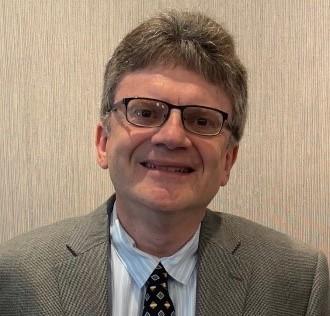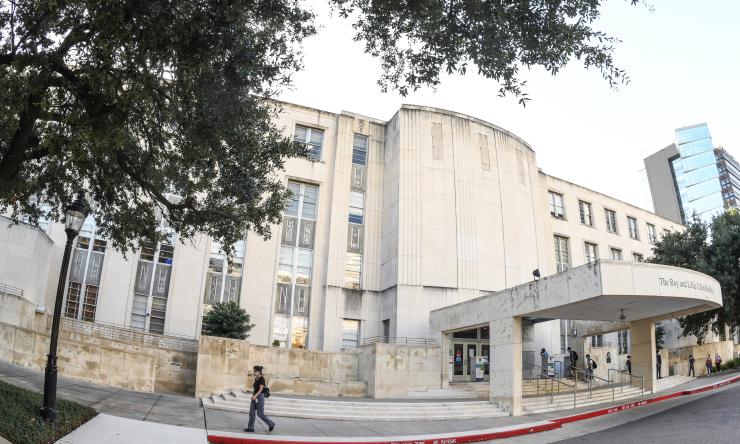Baylor led research awarded $31 Million for Resynchronization Therapy in Patients with Heart Failure

A Baylor College of Medicine multi-institution, collaborative study to determine the effectiveness and safety of commonly used pacing treatments for cardiac resynchronization therapy in people with heart failure has just been awarded a $31 million grant by the Patient-Centered Outcomes Research Institute (PCORI).
Led by Dr. Mihail G. Chelu, associate professor of medicine – cardiology at Baylor, Dr. Kenneth A. Ellenbogen, professor with Virginia Commonwealth University, and Dr. Richard Holubkov, independent biostatistician with the University of Utah, the study will focus on conduction system pacing for cardiac resynchronization therapy in patients with heart failure and conduction system disease.

Heart failure impacts every aspect of life for an estimated 6.2 million Americans suffering with this condition. It leads to a decrease in quality of life, physical capacity and independence as well as increased stress on patients, their families and caregivers due in part to substantial financial costs. There also are frequent hospitalizations and risk of premature death.
What is cardiac resynchronization therapy
Conduction system disease is a disorder of the electrical system that controls the heart’s rhythm and rate and is present in approximately one-third of heart failure patients. Cardiac resynchronization therapy treats this disorder, simultaneously improving cardiac function and functional capacity, reduces hospitalization and prolongs survival. It is the standard therapy in patients with heart failure with reduced ejection fraction and a wide QRS complex (QRS represents the electrical impulses in the heart as it spreads through the ventricles).

Biventricular pacing is the standard of care and results in improvement in heart failure in 60 to 70% of patients by pacing simultaneously from two discreet muscle sites: the right ventricular apex and the left lateral wall.
Conduction system pacing relies on pacing directly rapidly conducting cells, either the bundle of His or left bundle branch in order to re-establish activation of the entire arborized conduction system and cardiac muscle in a highly choreographed and efficient manner that closely reproduces what happens naturally.
The study
Chelu and Ellenbogen’s study will evaluate the effectiveness and safety of these two pacing treatments and will involve 2,136 patients and 55 enrolling sites in the U.S. and Canada.
They first worked with patients, leadership in healthcare and research collaborators to identify the outcomes most relevant to patients: changes in quality of life and patient activity, hospitalizations for heart failure and death. They also collaborated with the Heart Rhythm Society, American Heart Association, American College of Cardiology, the National Hispanic Latino Cardiovascular Collaborative, the Pacemaker Patient Advocacy Group, WomenHeart and Mended Hearts.
“Thirty to 40 percent of patients with heart failure and conduction system disease do not improve with biventricular pacing. This might be explained by the slower activation of the heart muscle from only two points. Pacing in the His or left bundle branch leverages rapid propagation of electrical impulses through the network of conduction system and likely more efficient contraction of the left heart. Conduction system pacing has the potential to change the treatment of heart failure. Furthermore, conduction system pacing involves less expensive generators and leads and sometimes fewer leads, and a simpler implant procedure. This is anticipated to lower the great costs of care of patients with heart failure,” said Chelu, principal investigator of the study.
“The study has the potential to fill an important evidence gap relevant to a range of healthcare decision makers and help them better assess their care options. We look forward to following the study’s progress and working with Baylor College of Medicine in Houston and Virginia Commonwealth University in Richmond to share its results,” said PCORI executive director Dr. Nakela L. Cook.
Chelu and Ellenbogen’s study was selected for funding through a PCORI initiative to support large-scale, high-impact comparative effectiveness research trials in a multiphase format allowing for testing and refinement of the study approach. The study will involve an initial feasibility phase to maximize the likelihood of full trial success. The study was selected through a highly competitive review process in which patients, caregivers and other stakeholders joined scientists to evaluate the proposals.
The award has been approved pending completion of a business and programmatic review by PCORI staff and issuance of a formal award contract.
PCORI is an independent, nonprofit organization authorized by Congress in 2010. Its mission is to fund research that will provide patients, their caregivers and clinicians with the evidence-based information needed to make better-informed healthcare decisions. For more information about PCORI’s funding, visit https://www.pcori.org/.











